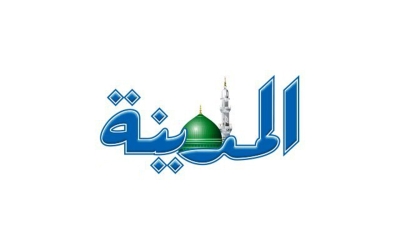


Color broadcasting began on the Kingdom of Saudi Arabia's television in 1975, with the signing of a contract with a French agency, making the Saudi channel's broadcast colored after previously being in black and white.
The cost of watching color broadcasts was high due to the expensive equipment until 1980. At that time, the broadcast was not digital but operated through three global systems: PAL, SECAM, and NTSC. Saudi television adopted the French SECAM system when it first started color broadcasting.
In 1962, King Faisal Bin Abdulaziz Al Saud, who was then Crown Prince and Prime Minister, announced through a ministerial statement Saudi Arabia's intention to launch television broadcasting. In 1965, the Council of Ministers approved the inauguration of Saudi television.
Saudi television began broadcasting its programs to the public for the first time in 1965 under the name "Kingdom of Saudi Arabia Channel," with an initial broadcast duration of no more than one hour, which later expanded to six evening hours during which families would gather to watch. The broadcast alternated between the cities of Riyadh and Jeddah, relying on still images. The establishment of a television station for Saudi Arabia was part of a comprehensive media development plan during that period.
Related quizzes

